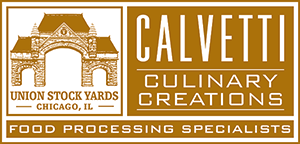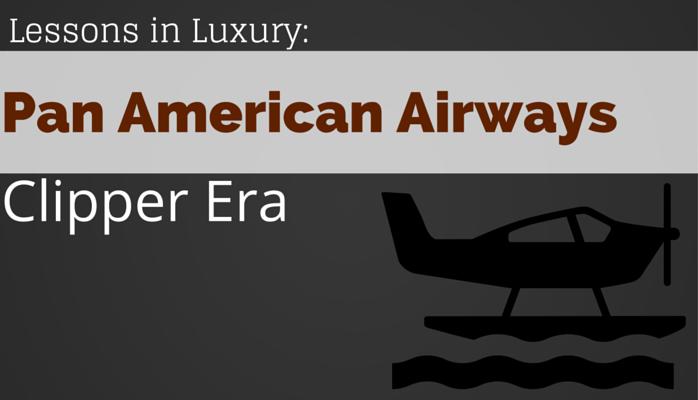This post was first published by Jamie Calvetti on LinkedIn
Some of you may have seen the article I posted last week about the success of Pan Am in the 1930s. There was one sentence that stuck out to me: “Trippe’s attention to luxury paid off.” The execution nowadays looks different, but the lesson is still the same– make your passengers’ experience worth the ticket price. Whether passengers are paying a premium for first class or scoring deals through websites and budget airlines, there’s still an inherent need to feel taken care of. This is how to do it, according to Pan Am.
Luxury in Innovation
Juan Terry Trippe had the distinct advantage of unblazed trails and travelers’ inexperience with international flights. He charted new flight paths, had control over designs for new planes and really only had to compete with boats. Today’s scene is completely different, but that doesn’t mean airlines have stopped innovating.
Airlines are integrating technology and upgrading interior design to improve a passenger’s time on the plane and crewmembers’ effectiveness. And it’s not just first class cabins seeing these changes; even budget airlines can make their business model cost-effective with innovation.
Luxury in Safety and Comfort
The article introduces imagery of airline travel today being intrusive and cramped, a far cry from traveling in on Clippers in the 30s. I’ll also point out that Trippe didn’t have the FAA regulating his safety standards. Regardless, modern airlines can win points with passengers in how they handle these two sensitive topics.
It’s standard to charge extra for legroom, preferred seating and other aspects of comfort. I’m not asking to change any of that. It is, however, important to note that everything from interior color schemes to the crew’s attitude can affect comfort level. Communication from the crew and even from the airline marketing affect a passenger’s perception of safety. Transparency and consumer education can go a long way.
Luxury in Meal Service
Last, but certainly not least, is the meal service. Pan Am’s passengers were served four course meals and their flight to Cuba featured the very first hot meal prepared on a plane while en route.
Airline food has a bad reputation, but companies are actively trying to change that. Some airlines don’t include food in economy tickets at all, others have chefs make appearances on the planes and others, like United recently did, have been updating their menus.
Skift’s recent business class rankings show the importance of meal quality to the overall experience. Not a single top-rated airline scored less than a 7 for their food service. In fact, all top 5 Middle Eastern airlines scored 10s in that category.
Ways to make meal service more luxurious (regardless of pricing or class) include using scientific research to manipulate flavors, hiring famous chefs, buying higher quality ingredients and more.
There’s also the matter of how food is cooked on airlines. With current standards for off-site prep and on-board heating, it might seem like little can be done on that front. But that’s incredibly wrong. Pre-seared sous-vide style meals offer airlines cost-saving meal prep and offer passengers food that maintains its flavor, look and feel through the reheating process.
Every day the airline industry makes strides to redefine the passenger experience. We can learn from the past with lessons from the likes of Pan Am and its focus on luxury. What luxury looks like may change through the years, but its importance will never waver.

